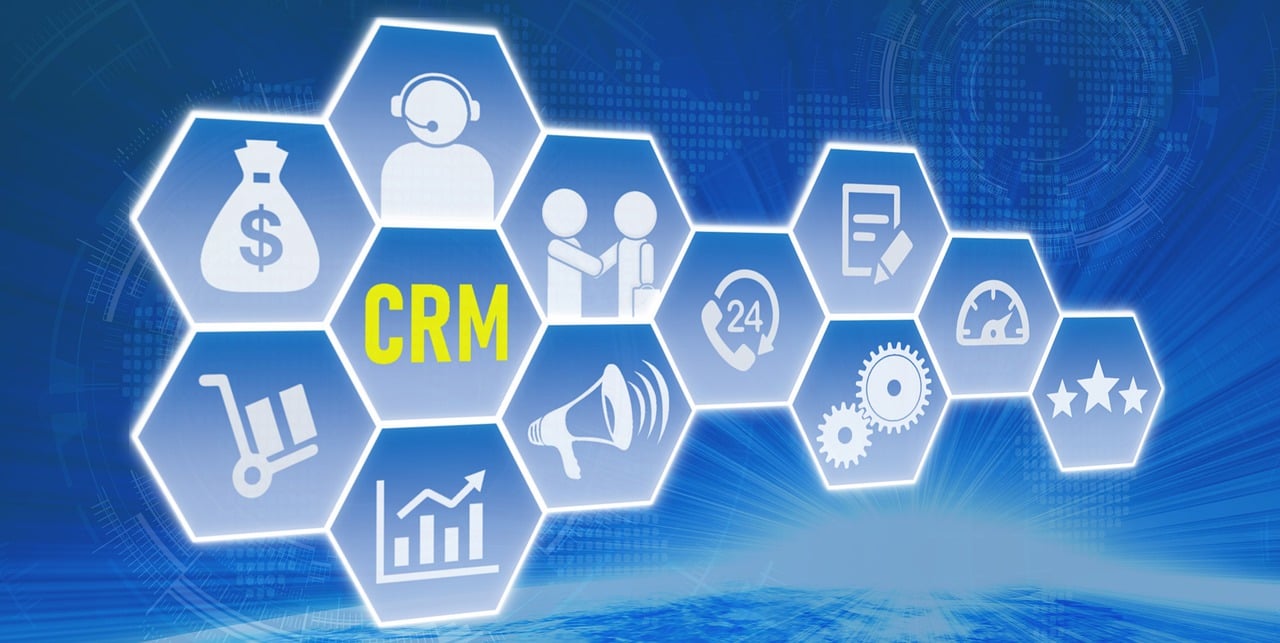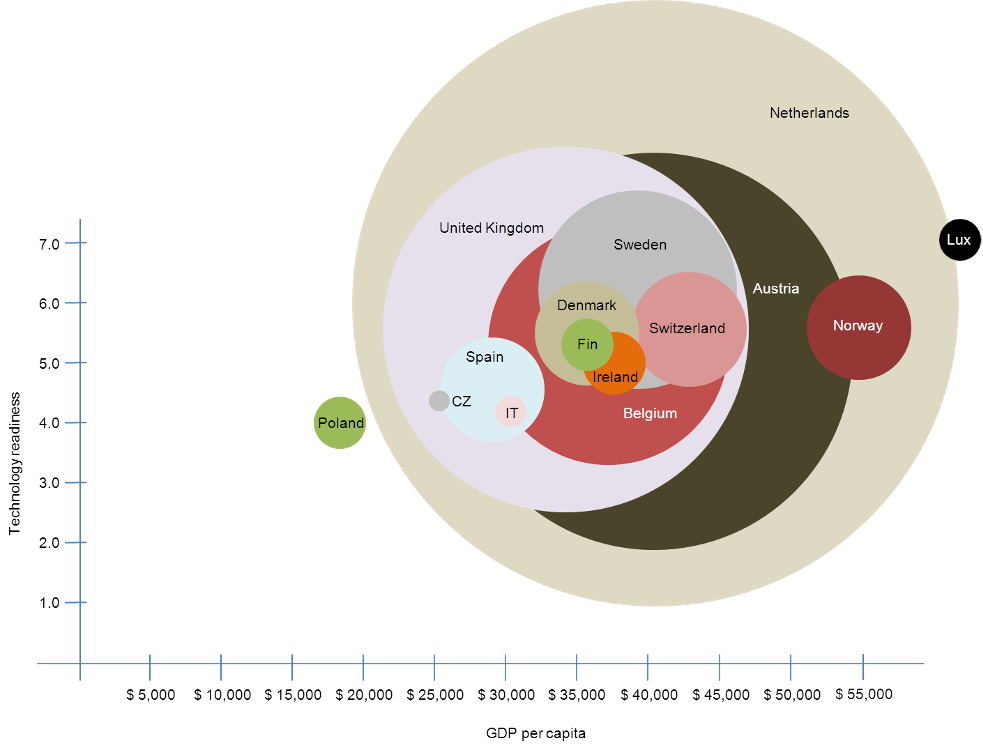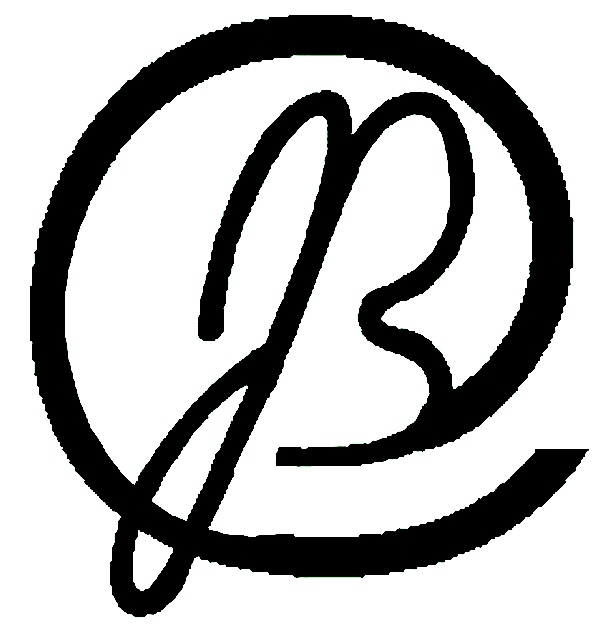Category: Blog
-

New Sales Partner effectiveness
—
It is almost impossible to generate revenue on day one with a new sales partner. If this happens, it is likely to be a fortunate coincidence. The portfolio knowledge embedded within the vendor’s organization needs to be effectively communicated to the new sales partner. Since they are likely to be supporting other vendors at the…
-

Quarterly Business Review
—
The Quarterly Business Review (QBR) is one of the most effective tools for managing business relationships, particularly between a vendor and a channel partner. To be truly effective, a QBR should be mutually beneficial, and taking these quarterly reviews seriously is essential for staying on track. What is a Quarterly Business Review? The aim of…
-

Global Presence – $500k rule-of-thumb
—
A common question when building presence abroad is the number of employees needed at the start. Based on the available literature, there is no definitive calculation, providing the number of employees required when establishing such a presence in a new region. While in the initial (2) years, the focus probably is on achieving the first…
-

Sales Efficiency – Opportunity Cost
—
The recent blogs on Sales Efficiency have examined various non-revenue generating (NRG) activities—time spent that, while necessary for organizational operations, does not directly benefit sales. Have you ever considered what these non-revenue generating activities cost the organization? Since most organizations focus on margin and profit, it’s particularly insightful to quantify this ‘lost’ time as Opportunity…
-

Sales Efficiency – Travel Administration
—
As highlighted in the initial blog of this series on sales efficiency, travel and administration tasks constitute a significant portion of non-revenue-generating activities. Similar to the previous discussion on administration and CRM, the objective is not to eliminate these activities. Yet, to evaluate which elements will be more efficient to free up more time for…
-

Sales Efficiency – CRM ≠ …
—
“Customer Relationship Management (CRM) is, without a doubt, the most important tool for every salesperson. As discussed in the last blog, if a salesperson disagrees with this notion, it often indicates a misunderstanding of the platform’s potential. In this blog, I’ll outline why CRM is so powerful and clarify what CRM should not be. Sales efficiency =…
-

Sales Efficiency – Administrative Burden
—
As highlighted in last week’s blog, a surprising finding reveals that sales managers spend less than 50% of their time on customer-facing and sales-related activities. The largest contributor to non-revenue-generating (NRG) tasks is administrative work, often referred to as the Sales Efficiency Administrative Burden. The first step in addressing inefficiencies is for leadership to recognize the…
-

Sales Efficiency – time to sell?
—
Let’s begin this blog on a positive note. The time spent on non-revenue-generating activities by sales professionals has decreased over the past decade. More than 10 years ago, several studies indicated that salespeople were only able to dedicate between 35% and 40% of their time to actual selling. Fortunately, recent research shows that this figure…
-

Global Expansion – Framework Result
—
The time has come to finalize the concept into the Global Expansion Framework Result. The outcome of the CPA-CAGE-PMA model, which has been introduced in previous blog posts. It’s important to note that the full calculation details will not be shared here. This is not only due to the proprietary nature of the service offered…
-

Global Expansion – Product Market Analysis
—
The time has come to present the final component of the CPA-CAGE-PMA framework for global expansion: Product Market Analysis (PMA). Hence, this stage focuses on determining whether a product or portfolio aligns with the potential market. Achieving an accurate result requires complete honesty. Typically, product managers or market managers will develop a set of Unique Selling Propositions…
